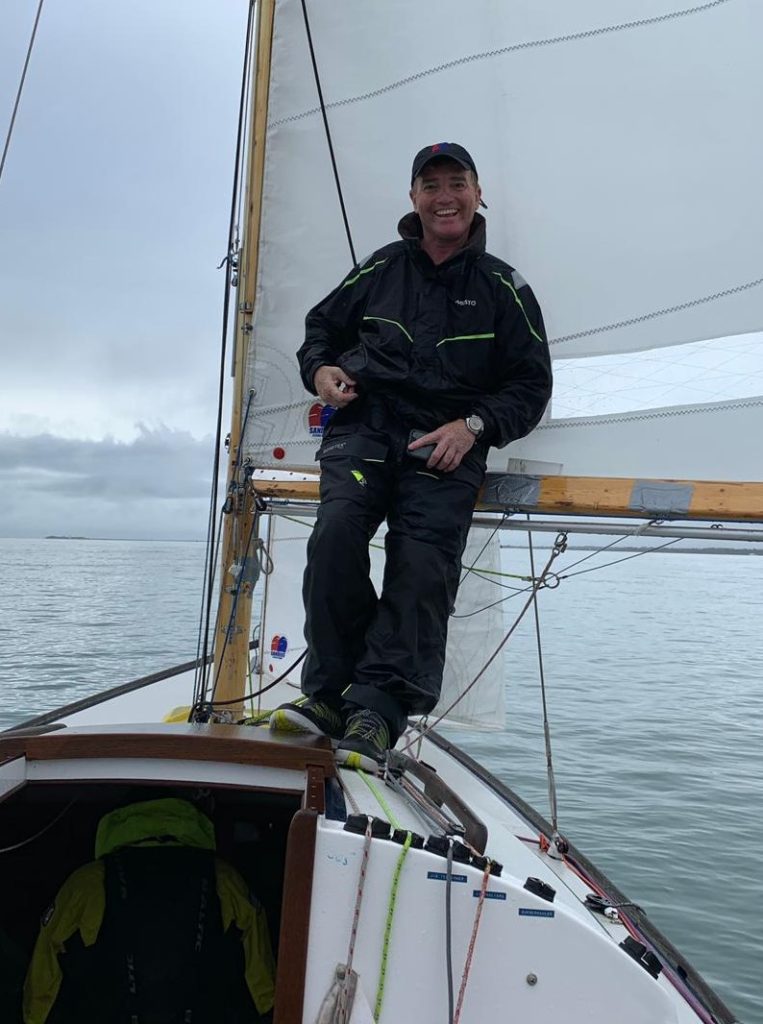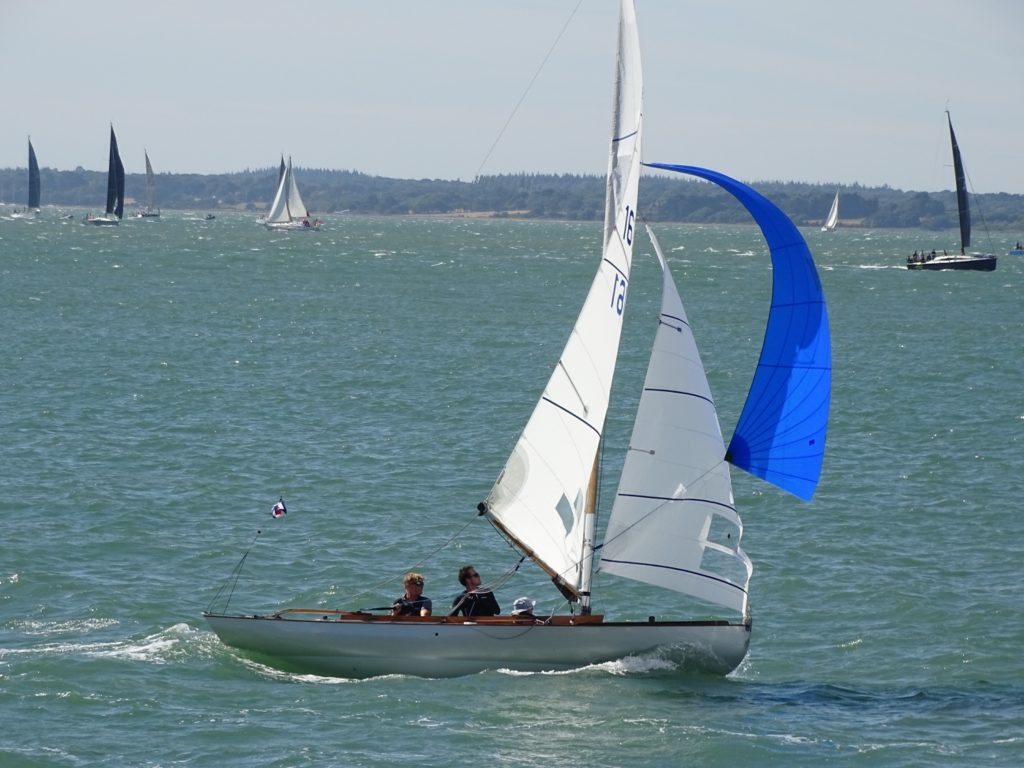It is with great pleasure we can introduce you to Rory Paton; a specialist in One Design and Keelboat racing. As one of the most respected sailors out of Lymington, it is an honour to be his sailmaker of choice and hear some of the insights behind his most recent success story in the X-One Design class.


You have had frequent success in many of the local sailing fleets, including the Lymington River Scow, Nordic Folkboat and Dragon classes to name but a few, but we would love to talk about your success in the incredibly competitive X One Design. What do you love about this class the most?
Firstly there’s the history; the Class has been racing for over 110 years. There are Class legends such as: Eric Williams, the Jardine twins, Basher Baines, John Tremlett and unlike other sports and Classes we get to sail with and against them. Moreover, the Class continues to attract young, brilliant sailors who are learning and winning quickly. For anyone who thinks this is an “old codgers” game I’d say come and have a go! The XOD is I think, one of the most complex puzzles to solve in sailing. There is no magic solution, so much going on all the time, the competition is ferocious, but the friends are lifelong. Like many other X boats, we can sail as a family and friends against some world class sailors and hopefully give them a good race.
You have won The Wednesday or Saturday Points week’s in 5 consecutive seasons out of Lymington using Sanders Sails. How important is the relationship between the sailmaker and yourself in these classes and are you in communication throughout the season?
Having good communication about what we’d like to achieve and when we’d like to achieve it! I try to keep our development staged and simple. With the relationship we have built over the years if there is something new, Chris will push us to give it a go and test it. So much so that we tried three different mainsails in three different races until we found the “Goldilocks” one that was “just right” for us. At the same time when we come up with a “new idea” Chris, just like Peter, will listen and help us to develop it.
When you have a class with so much history, traditions are always important as well as keeping the boats relevant to the modern sailor. What if any would you like to see changed / improved in the XOD Class?
Wow that’s a hard question especially if you want to achieve it. The XOD class is a broad church; on the extremes one side people who’d probably like a carbon X boat and on the other folk who’d probably like us go back to use cotton sails and gaff rigs. A lot of what we have works already, we need be careful when we make changes, a 75% majority rule means that one needs a lot of support to get changes through. A fundamental of the class is protecting the affordability of sailing the boats. This year, the Lymington division has been given dispensation to experiment dropping our jibs downwind. This is to stop the spinnaker sheets from sawing through them. So far so good it would help keep the costs down and reduce waste if it works. It would be nice to have an improvement to the spinnaker design to make them easier to make and use but then the Sanders one makes us go really quickly so from a selfish prospective perhaps a suggestion too far!
One sail design that is very split across our users is the jib, with an even split between our XJS1 and XJC3 and a few still using the XJS2 (wired luff). As someone who has been sailing with all 3 of these designs in recent years. What are your thoughts?
We were late to change to the wireless jib when compared against our competitors – I liked the wired jib because it was easy to get right. Having moved across a couple of years ago we won’t be heading back. The wireless approach gives more options and with proper calibration repeatable speed. It is so nice to put the sail away compared to one with a wire in it. This year we’re trying the XJC3 and we’ve had to move our car positions with Chris’ input to get them spot on but it feels like we’re on the right track.
What are your goals with “Mayfly” this season?
Last year we were particularly fast downwind, but suffered at times when beating especially after we broke our mast. The main goal for us this season is to improve our upwind speed especially in a breeze against the bigger crews, hence for example trying the XJC3. It feels like we’re making good progress, whilst I think there is more to come. Even now, nearly 40 years since I first helmed an X boat it appears that I have plenty to learn.Thank you so much for a brilliant interview and insight into the local one design classes and we do thoroughly recommend those with an itch for big fleet, close race sailing to give the XOD a go. There are fleets in Hamble, Yarmouth, Parkstone, Itchenor and Lymington.
